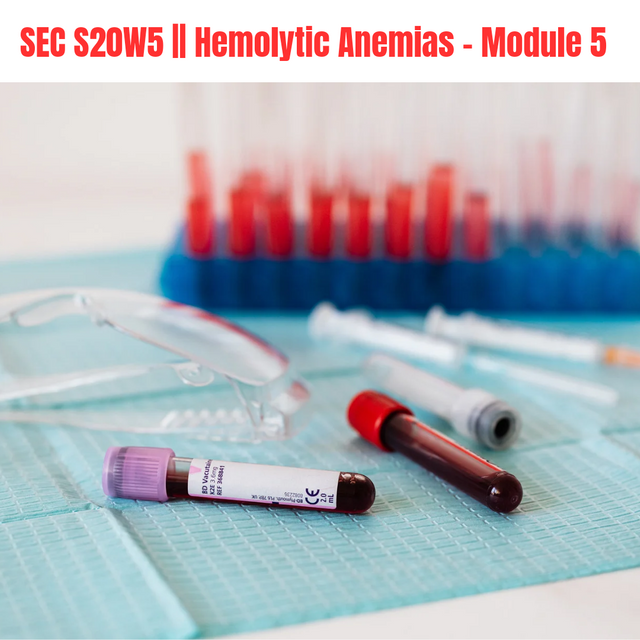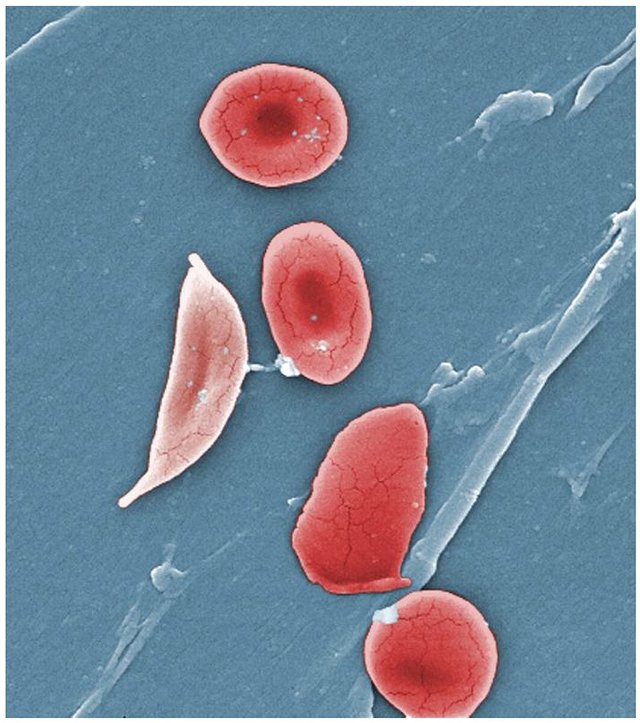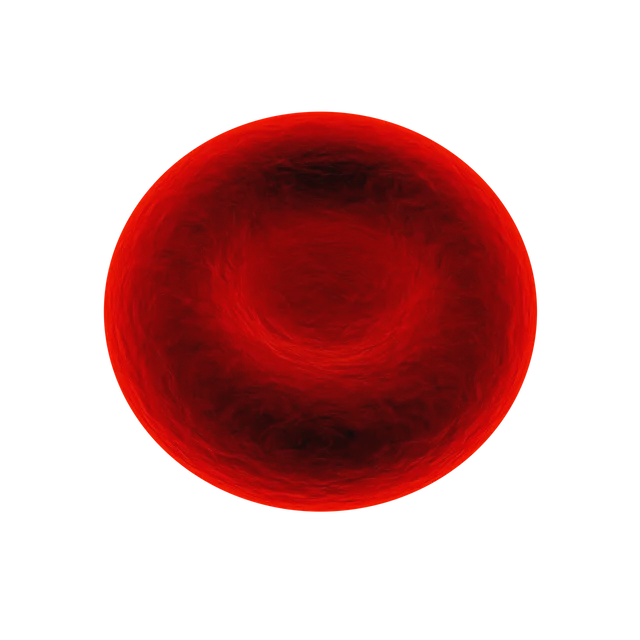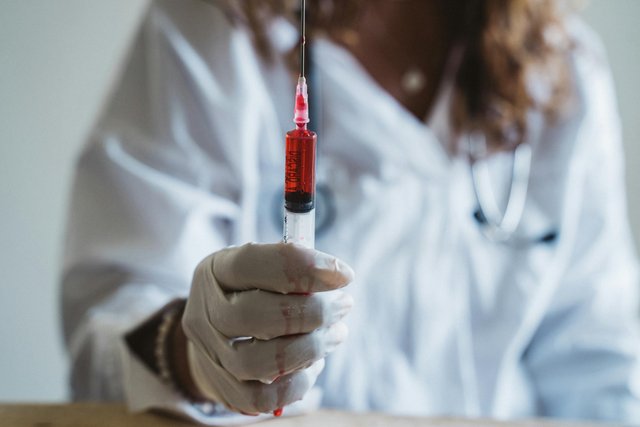SEC S20W5 || Hemolytic Anemias - Module 5
I am pleased to participate in fifth week of SEC Season-20. This week we will be learnt Hemolytic Anemias. So Let's start,

Defines Hemolytic Anemias
The name 'hemolytic anemias' is derived from the concept of 'hemolysis' which originally refers to the destruction of red blood cells. Also in our last lesson we discussed and explained about reticulocyte. Reticulocytes are young immature red blood cells formed in the absence of well developed mature red blood cells in bloodstream. I shared the concept in that class in my last participation. When hemolysis occurs, the bone marrow responds by increasing red blood cell production, resulting in a higher output of immature red blood cells known as reticulocytes.
In general terms, hemolytic anemia refers to a type of anemia which is the abnormal breakdown or destruction of red blood cells within the bloodstream and hemopoietic argans. Two forms of hemolytic anemia is classified under the following categorize.
- The first one is intravascular(inside of the vassel).
- Second one is extravascular(outside of the vessel)
Also Hemolytic anemia is regenerative anemia that means the bone marrow produces enough new RBCs and in regenerative anemia, the reticulocyte production index (IPR) is usually elevated, exceeding 3% in most cases, [we learned from the last class]
Defines Sickle Cell Anemia.
 Photo source
Photo source
Photo licence source
Reading my first answer you must read about the types of hemolytic anemias. I info I dont want miss in this post is Sickle cell anemia is the first type of anemia that isextravascular. A blood disorder characterized by abnormal production of hemoglobin called hemoglobin S. As it is a hereditary disease, it is diagnosed from childhood, like jaundice. There are many symptoms of this Sickle cell anemia such as skin colour changes, yellowish skin and eyes. But the most important is this abnormal hemoglobin causes the red blood cells to become hard and crescent shaped. Due to hardening, it obstructs the blood flow of various vessels which damages various tissues of the body. As it is a genetic disorder, it does not occur in the blood stream but occurs in various hemopoietic organs such as liver, spleen.
Intravascular hemolysis vs. extravascular hemolysis
| Intravascular hemolysis | extravascular hemolysis |
|---|---|
| By its name it is understandable that, "Intra" means "within," and "vascular" refers to blood vessels. So, intravascular hemolysis is processes that occur within blood vessels. | By its name it is understandable that "Extra" means "outside," and and "vascular" refers to blood vessels. So, extravascular hemolysis is processes outside blood vessels. |
| A process that occurs inside in the bloodstream | A process that occurs outside in the Liver, spleen, bone marrow. |
| This can cause dark-colored urine because it releases hemoglobin into the bloodstream. | This can lead to jaundice, which is a yellowing of the skin, especially the eyes. |
| Symptoms are like dark urine, Pale skin and fatigue, Low haptoglobin | Symptoms are like Enlarged spleen which is known as splenomegaly and Gallstones due to excess bilirubin over time. |
| The causes of this dissese could be mechanical damage from artificial heart valves or, Infections like malaria. | The causes of this dissese could bebgenetic conditions like sickle cell anemia. |
Explain a case of Hemolytic Anemia
A 12 years old girl, admitted to the child clinic with her mother. Because the girl has been feeling tired, has had pale skin, and with some discomfort from last some days. Her mother was very concern because she had the dame experience in her childhood and she was diagnosed with a "blood condition".
Doctor first did the girls physical examination and find pale skin and yellowish eyes. He recommend some tests
- Complete Blood Count (CBC): Her CBC report shows reduced red blood cell count which is she has mild to moderate anemia.
- Reticulocyte Count: immature red blood cells are Elevated, indicating that bone marrow is actively producing new red blood cells in the response of hemolysis.
Based on these findings and the family history, she is diagnosed with hereditary hemolytic anemias.
I am inviting my friends @mainuna,
@sohanurrahman @mayberling


Upvoted! Thank you for supporting witness @jswit.
Upvoted. Thank You for sending some of your rewards to @null. It will make Steem stronger.
This post has been upvoted/supported by Team 5 via @philhughes. Our team supports content that adds to the community.